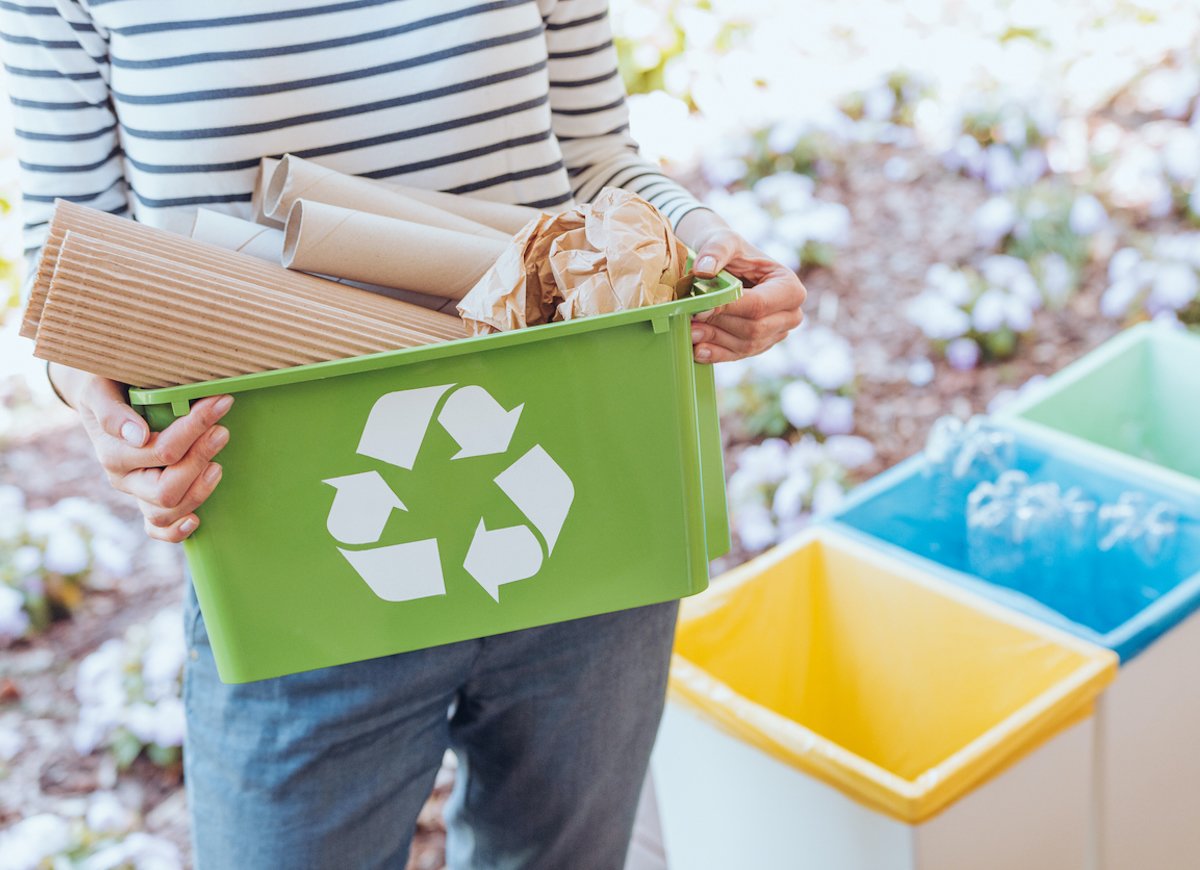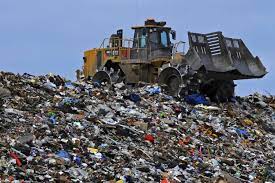MUNICIPAL SOLID WASTE
Bio-mining of legacy waste is the need of the hour
India is struggling to manage its waste. Urban India accounts for a third of India’s population and generates 54.75 million tonnes of Municipal Solid Waste (MSW) annually. Dumpsites in most cities are filled to the brim and spilling and just can't take in any more waste. Most cities are yet to find an alternative.
These dumpsites and landfills, besides causing harm to the environment, are a public health menace. The Union Ministry of Housing and Urban Affairs has recognized that the various environmental hazards caused due to these dumpsites include greenhouse gas emissions, surface water, and groundwater pollution, and dumpsite surface fires. To deal with this crisis, over the past few years, government policies have been focusing on alternatives to ensure that this waste is reused, recycled, or upcycled.
Bio-mining is one such option. The guidelines of the Central Pollution Control Board (CPCB) define bio-mining as the scientific process of excavation, treatment, segregation, and gainful utilization of municipal solid waste at dumpsites, typically referred to as legacy waste -- waste that has been collected and kept for years at some barren land or landfills.
In simple terms, bio-mining can be defined as the conversion of old and harmful dumped material into reusable resources. The process involves digging out previously disposed material from landfill sites to recover plastic, metal, glass, combustibles, and other fine materials. After careful segregation, materials like plastics and metals are sent for recycling.
Bio-mining of legacy waste has two major benefits -- it provides an opportunity to reuse certain resources and materials that are harming the environment, and it also frees up lands and dumpsites that can be used for various other purposes. The second factor is crucial. The National Green Tribunal (NGT) has estimated that more than 10,000 hectares of valuable urban land are locked up under 3,159 legacy waste dumpsites in India. As per the Swachh Bharat Mission’s (SBM) report published in 2020, as much as 1,250 hectares of precious land is lost every year in India to dispose of municipal solid waste.
Bio-mining was mandated by the Solid Waste Management Rules 2016. From 2014 onwards, the Swachh Bharat Mission has been emphasizing on reclamation of landfill sites with an aim to recover the 10,000 hectares of urban land that is locked in.
Launched in October 2021, the Swachh Bharat Mission 2.0 (SBM 2.0) has given a mandate to cities with a population of less than 1 million to repair the existing legacy waste dumpsites by March 31, 2023. The deadline set for cities with over a million inhabitants is 2024.
Bio-mining of legacy waste is going to gain huge momentum aided by the financial assistance provided by SBM 2.0. Some cities have already completed bio-mining projects even before SBM 2.0 came into existence. Reclaimed land parcels have been used for productive activities. In Indore, for instance, the reclaimed land has been used for developing waste-processing facilities, including a bio-CNG plant, a material recovery facility (MRF), and a construction and demolition waste-processing plant. The remaining portion has been turned into a city forest.



